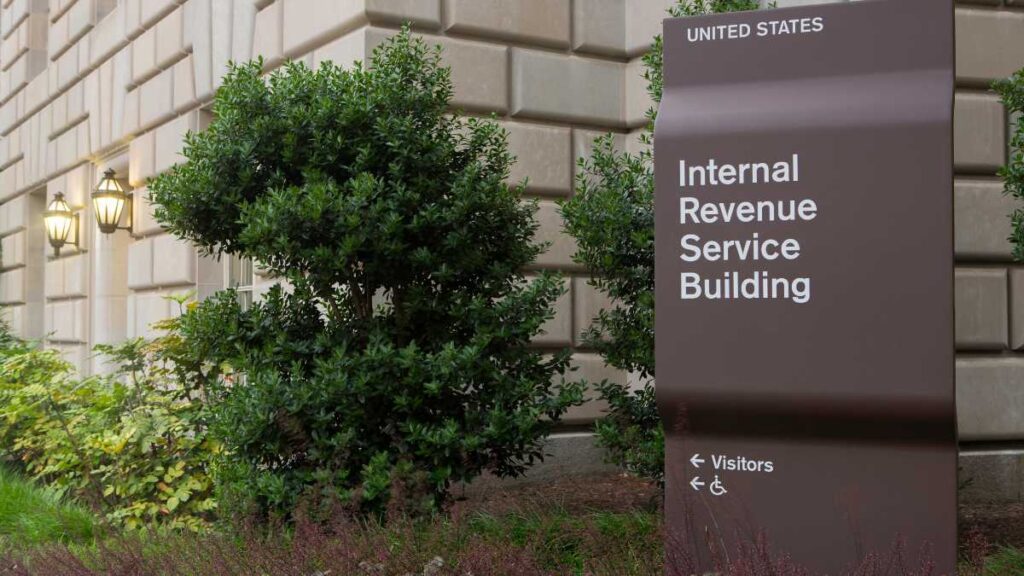On December 21, 2023, the IRS released a program for companies and employers who received questionable employee retention credits (ERC) and did not meet the qualifications. Employers can pay back the ERC received at a discounted rate of 80% of the credit. This is a limited-time program and employers must apply by March 22, 2024.
This program is a relief for tax preparers and an extremely generous offer from the IRS for employers who filed for claims and received refunds without knowing they may not have qualified. The IRS has had concerns about the ERC program regarding misleading information and scams to take advantage of employers.
The voluntary disclosure program allows employers to resolve any civil tax liabilities, penalties, and interest by timely filing the proper forms and making the repayment of 80% of the ERC.
How do companies qualify for the voluntary disclosure program?
To qualify for this program, employers must meet a few requirements per IRS Announcement 2024-3:
- The participant is not under criminal investigation, and they have not been notified that the IRS intends to commence a criminal investigation.
- The IRS has not received information from a third party alerting the IRS to the participant’s noncompliance, nor has the IRS acquired information directly related to the noncompliance from an enforcement action.
- The participant is not under an employment tax examination by the IRS for any tax period(s) for which the taxpayer is applying for this Voluntary Disclosure Program.
- The participant has not previously received notice and demand for repayment of all or part of the claimed ERC.
Employers who use a third-party payer such as a professional employer organization (PEO) or a certified professional employer organization (CPEO) must have those organizations file on their behalf.
What are the benefits of the program?
This is a very generous program from the IRS and is very advantageous for employers who have had sleepless nights wondering about the validity of the ERC claims which others have told them are invalid.
- Any interest received on ERC refunds can be kept by employers.
- If 80% of the credits are paid before executing a closing agreement with the IRS, then there is no underpayment interest assessed. If you don’t have the funds, the IRS may approve an installment agreement for the repayment but will charge interest in this case.
- For-profit employers do not need to amend income tax returns to report the disallowed wage deduction for any previously claimed ERC. If ERC was previously reported as a disallowed wage deduction, then that should be corrected on an amended return.
- Penalties will be waived if the employer makes a full 80% payment of the ERC.
Where do you make a payment?
If an employer is going to use this program, they must remit 80% of the ERC back to the IRS by EFTPS for each tax period that an ERC was claimed. Each tax period would have a separate tax payment.
What forms need to be completed?
Form 15434 – Application for Employee Retention Credit Voluntary Disclosure Program must be completed and uploaded to the IRS website using the document upload tool. This must be done by the end of the day, March 22, 2024. Note there is also a separate form to upload if a claim includes any tax period ending in 2020. It is expected that most voluntary disclosures will be filing this form as well.
What should I do if I think that this may apply to my business/organization?
First and foremost, talk with your advisors to help determine if you qualified for the ERC. If you believe and agree with your advisors that your business/organization did not qualify for any periods and you have received ERC refund checks, then this is a process you should pursue. If you have identified that you qualified for some periods, but not all periods and have deposited refund checks, then this process is not for you. This process is applicable if there are NO periods that the credit should have been claimed. It is important to either have the funds available or talk with your advisors about coming up with a plan to have 80% of the ERC refunds available to make the repayment to the IRS.
Where should I go for more information?
The IRS website has good resources for this voluntary disclosure program. The IRS announcement is a concise announcement that covers this program well.
This is a generous offer from the IRS to help resolve invalid claims. If you think that you may be in this situation, you are highly encouraged to reach out to your Wegner tax advisor for further guidance on this new Voluntary Disclosure Program.


